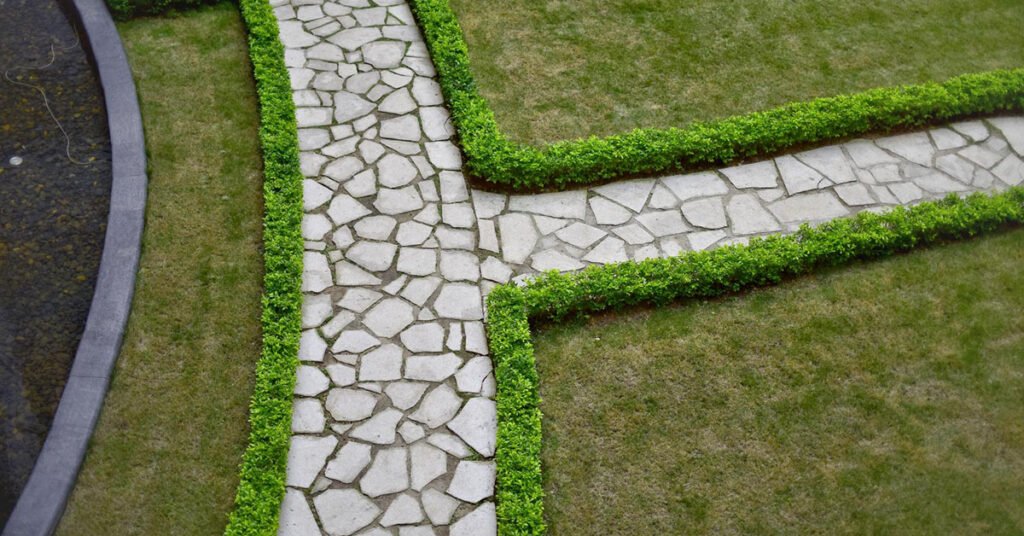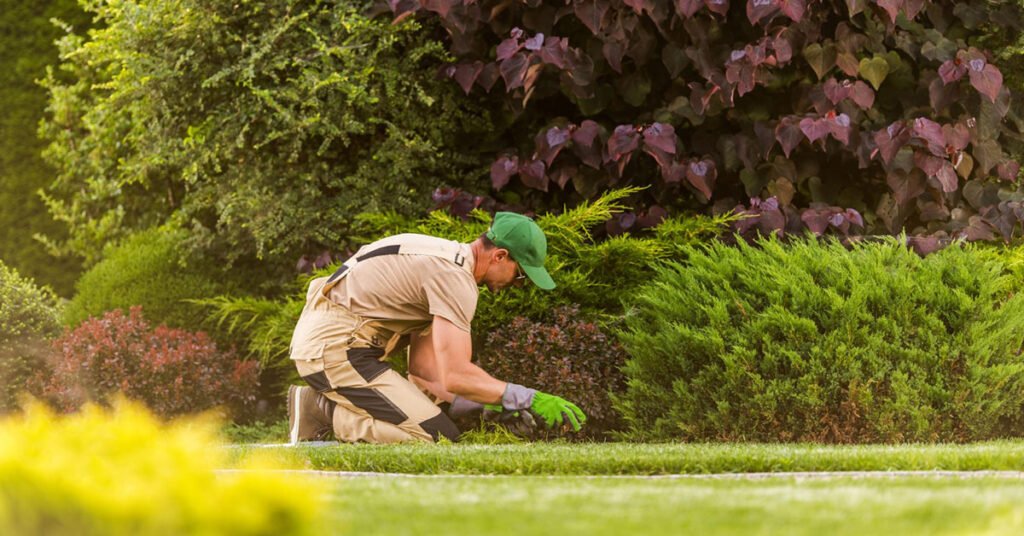As you embark on your journey in the cleaning industry, it’s essential to understand various aspects of maintaining outdoor spaces. One crucial element of landscaping that often gets overlooked is edging. In this guide, we’ll delve into what does edging mean in landscaping, its importance, different types of edging techniques, and how it can enhance the overall aesthetics of outdoor spaces. Let’s get started.
What Does Edging Mean in Landscaping?
Edging in landscaping refers to the process of creating a distinct boundary between different areas of a garden, lawn, or landscape. It involves defining borders between flower beds, pathways, lawns, and other features to provide a clean and polished look to the outdoor space.
Edging serves both practical and aesthetic purposes, helping to prevent grass or weeds from encroaching into flower beds or walkways while adding visual appeal to the landscape.
Importance of Edging in Landscaping
The following are some of the reasons that make edging important in landscaping.
Weed Control
One of the primary reasons for edging is to prevent weeds from infiltrating flower beds or other landscaped areas. By creating a clear boundary between the lawn and garden beds, edging helps minimize weed growth, making maintenance tasks more manageable.
Enhanced Aesthetics
Well-defined edges lend a tidy appearance to the landscape, enhancing its overall visual appeal. Crisp borders between different elements create a sense of order and organization, contributing to the beauty of outdoor spaces.
Maintenance Ease
Edging facilitates easier maintenance by delineating areas for mowing, trimming, and weeding. It simplifies the task of lawn care and allows for more efficient upkeep of the landscape.
Protection of Hardscapes
Proper edging helps protect hardscape features such as sidewalks, driveways, and patios from encroaching vegetation. It prevents grassroots from undermining these structures, prolonging their lifespan and reducing maintenance costs.
Types of Edging Techniques
The following are some of the edging techniques in landscaping that you should be aware of.
Traditional Edging
This involves using materials such as metal, plastic, or wood to create a physical barrier between different landscape elements. Examples include metal or plastic strips, wooden boards, or concrete curbs.
Natural Edging
Natural materials like stones, bricks, or plants are used to create organic borders that blend seamlessly with the surrounding environment. This technique adds a rustic charm to the landscape while providing functional delineation.
Trench Edging
Trench edging involves digging a shallow trench along the desired edge and filling it with gravel, mulch, or decorative stones. This method creates a subtle boundary while allowing for easy maintenance and flexibility in design.
Tips for Effective Edging
- Choose edging materials that complement the overall style and theme of your landscape.
- Maintain regular edging to keep borders crisp and well-defined.
- Consider the practical aspects such as ease of installation, durability, and cost when selecting edging materials.
- Pay attention to the curves and contours of the landscape to create smooth, flowing edges that enhance the natural beauty of the surroundings.
Read More: How To Burn Holes In Landscape Fabric
Conclusion
Edging plays a vital role in landscaping by providing structure, organization, and visual interest to outdoor spaces. For beginners in the cleaning industry looking to enhance their knowledge of landscape maintenance, understanding the concept of edging is essential.
By implementing effective edging techniques, you can achieve cleaner, more attractive landscapes that leave a lasting impression on clients and visitors alike.



